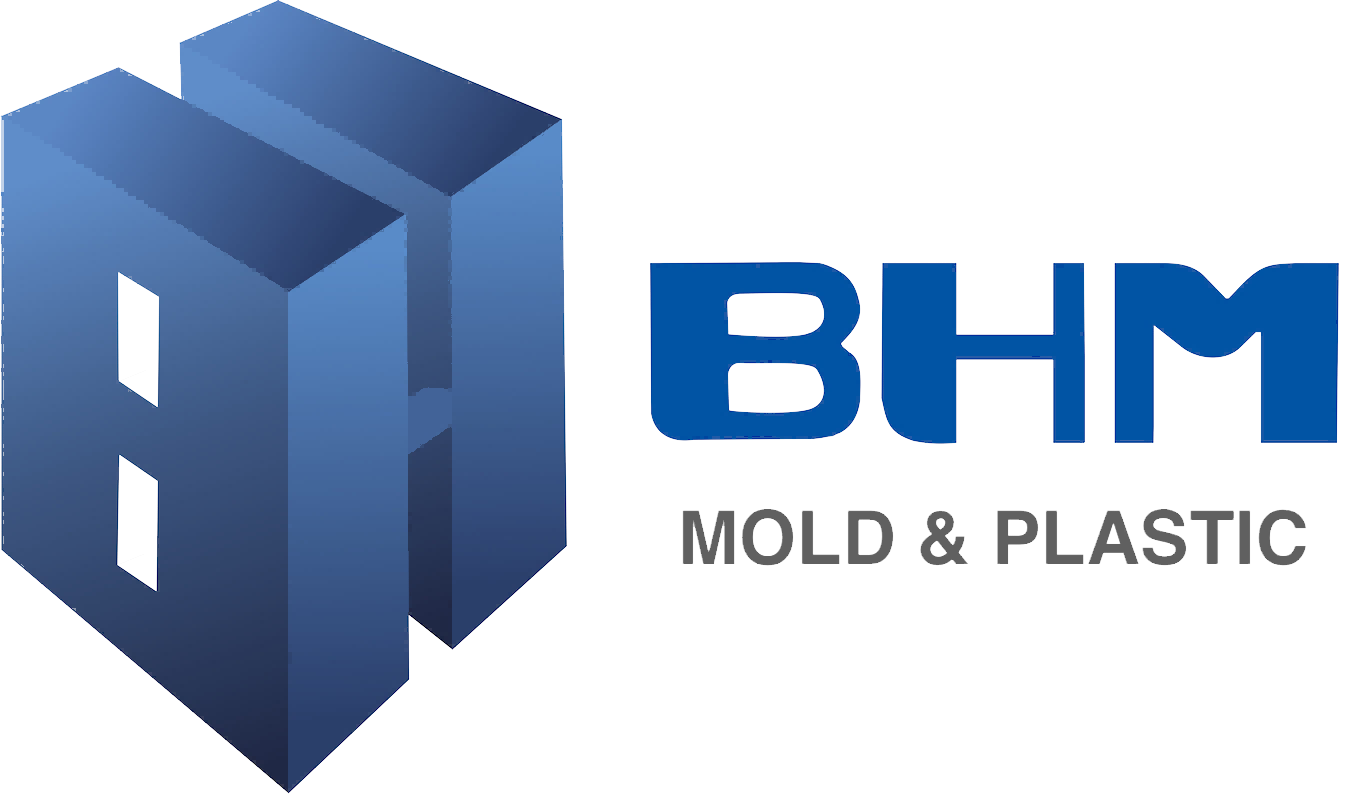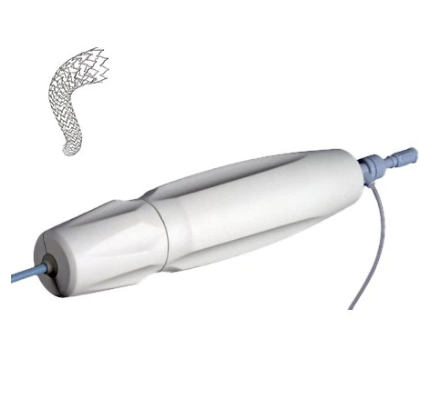Understanding OEM Tooling’s Role in Manufacturing
Defining OEM Tooling and Its Core Functions
OEM tooling is a vital aspect of the manufacturing process, playing a significant role in producing specific components across industries like automotive, aerospace, and consumer electronics. It primarily involves creating molds, dies, and other tools that enable mass production in a cost-effective manner. The design and precision of these tools directly influence product quality, timelines, and production efficiency. High-quality OEM tooling ensures that components are consistently manufactured to meet stringent standards, which is crucial for maintaining competitive advantages in the marketplace.
The Connection Between Tooling and Product Outcomes
The quality of OEM tooling has a direct impact on the dimensional accuracy and surface finish of the final product. Research indicates that superior tooling can reduce defects by up to 50%, thereby increasing customer satisfaction and reducing return rates. By understanding the connection between tooling and product outcomes, manufacturers can make informed decisions about their investments in tooling systems. This ensures that they not only optimize their production processes but also uphold the quality and reliability of their Products, which is essential for maintaining brand reputation and meeting customer expectations.## Cost-Reduction Strategies Enabled by OEM Tooling
Economies of Scale in Material Procurement
One of the key advantages of OEM tooling in manufacturing is the ability to achieve economies of scale in material procurement. By purchasing materials in bulk, manufacturers can significantly reduce material costs. This is especially beneficial when collaborating with suppliers, as it allows companies to negotiate better rates for high-volume purchases, thus boosting profit margins. According to studies, such large-scale operations utilizing OEM tooling can save up to 20% on raw material costs, highlighting the financial benefits of optimized procurement strategies.
Minimizing Waste Through Precision Manufacturing
Precision manufacturing supported by OEM tooling is crucial for minimizing waste and ensuring efficient use of materials. Advanced technologies like CNC machining and 3D printing play a significant role in this process by reducing excess scrap and decreasing the environmental footprint. For instance, companies that implement precision OEM tooling have been shown to decrease material waste by as much as 30%. This not only helps in lowering overall operational costs but also supports sustainability efforts by minimizing the negative environmental impact.
Reducing Long-Term Maintenance and Replacement Costs
Investing in quality OEM tooling leads to durable tools that require less frequent maintenance and replacement, contributing to cost savings over time. Proper maintenance extends the lifespan of OEM tools, reducing downtime and loss of productivity due to repairs. Research indicates that companies prioritizing OEM tooling maintenance can cut long-term costs by 25% compared to those opting for cheaper, less durable alternatives. These savings, along with enhanced operational efficiency, make investing in robust OEM tooling a wise choice for manufacturers looking to optimize long-term expenses.## Quality Enhancements Through Specialized OEM Expertise
Precision Engineering for Complex Product Designs
Specialized OEM tooling is essential for engineering intricate components that satisfy complex design requirements. By utilizing specialized skills and expertise, OEM providers can deliver high-quality outputs while innovating solutions tailored to each design challenge. Industry experts highlight that precision engineering significantly reduces rework costs by up to 40%, ultimately enhancing customer satisfaction. This approach showcases the invaluable role of specialized skills in achieving quality enhancements and meeting demanding design specifications.
Consistent Production Standards Across Batches
OEM tooling plays a vital role in ensuring production standards are maintained consistently across multiple batches, thus guaranteeing uniform product quality. Consistency is especially crucial in sectors like pharmaceuticals and automotive, where even minor discrepancies can lead to substantial consequences. According to manufacturing survey reports, maintaining consistent production standards not only enhances brand integrity but also reduces product recalls by up to 35%. Such uniformity is vital for businesses striving for reliability and excellence in product quality.
Compliance with Industry-Specific Regulations
OEM tooling is frequently designed to adhere to stringent industry regulations, thereby ensuring that products meet necessary safety and quality standards. As regulations evolve, partnering with an OEM proficient in compliance is critical to safeguarding against legal challenges and maintaining smooth production processes. Data shows that businesses embracing compliance through specialized OEM tooling can decrease regulatory fines by over 50%, underscoring the financial advantages of prioritizing compliance. In doing so, businesses secure quality enhancement while mitigating potential legal risks associated with regulatory changes.## OEM vs. In-House Tooling: A Comparative Analysis
Cost Efficiency in High-Volume Production
One of the key advantages of OEM tooling is its cost efficiency, especially in high-volume production scenarios. By outsourcing tooling to an OEM provider, businesses can significantly lower their per-piece costs. This approach eliminates the need for extensive capital investment and reduces overhead expenses that come with maintaining in-house facilities. Indeed, data suggests that leveraging OEM tooling can result in a cost reduction of 15-30% for large-scale production. This financial efficiency is a compelling reason for businesses to favor OEM over in-house tooling, especially when managing large product quantitates.
Quality Control Capabilities and Technical Expertise
OEM providers bring specialized technical expertise and advanced quality control capabilities that are often unattainable with in-house tooling efforts. These providers are adept at specific tooling processes, ensuring high-quality outcomes through rigorous quality assurance measures. Conversely, in-house operations might lack the latest technological innovations and industry know-how, potentially resulting in increased defect rates. Expert analysis highlights that enterprises using OEM tooling typically enjoy greater product consistency and reduced defect instances, emphasizing the advantage of tapping into OEM's specialized skills.## Optimizing OEM Partnerships for Maximum Value
Selecting Suppliers with Proven Industry Experience
Choosing suppliers with established industry experience is crucial to maximizing the value of OEM partnerships. This selection process involves thoroughly vetting potential OEM partners to ensure they have a solid track record of reliability and high-quality Service delivery. By collaborating with experienced suppliers, businesses can reduce risks and improve supply chain management efficiency. Research backs this approach, indicating that companies partnering with skilled OEM suppliers often achieve better performance and enjoy cost reductions of up to 20%. These benefits underscore the importance of selecting suppliers who have demonstrated their expertise and reliability in the industry.
Implementing Rigorous Quality Assurance Protocols
Establishing rigorous quality assurance (QA) protocols is vital for maintaining manufacturing integrity when using OEM tooling. Implementing standardized QA measures can significantly reduce the risks associated with product recalls and enhance customer trust in the brand. Statistics have shown that organizations with strong QA protocols see a 25% reduction in defect rates, highlighting the importance of quality oversight. By prioritizing robust QA mechanisms, companies ensure their products meet stringent quality standards, thereby safeguarding their reputation and customer satisfaction. Employing meticulous quality control also positions businesses to achieve long-term success in competitive markets.
Building Long-Term Collaborative Relationships
Fostering long-term collaborative relationships with OEM partners is key to achieving sustained success and innovation in tooling processes. These relationships are built on trust and shared goals, encouraging continuous improvement and innovation. Regular communication and feedback loops enhance problem-solving capacities and ensure alignment on project objectives. Data indicates that companies that nurture long-term OEM partnerships often witness a 30% increase in project efficiency due to improved collaboration. By investing in these relationships, businesses can unlock greater efficiencies and drive consistent advancements in tooling and manufacturing processes.
FAQ
What is OEM tooling?
OEM tooling refers to the creation of molds, dies, and other tools necessary for mass production, primarily used in industries like automotive, aerospace, and consumer electronics to produce specific components effectively.
How does OEM tooling affect product quality?
The quality of OEM tooling directly influences the dimensional accuracy and surface finish of the final product, reducing defects by up to 50% and ensuring consistent high standards across production batches.
What are the cost benefits of using OEM tooling?
OEM tooling allows manufacturers to achieve economies of scale, reducing material costs by buying in bulk, minimizing waste, and lowering maintenance and replacement expenses over time.
Why is precision engineering important in OEM tooling?
Precision engineering is essential for OEM tooling as it enables the production of complex components with high accuracy, reducing rework costs and meeting intricate design specifications.
How can businesses optimize OEM partnerships?
By selecting experienced OEM suppliers, implementing rigorous quality assurance protocols, and fostering long-term collaborative relationships, businesses can maximize value and drive efficiency in tooling processes.
Table of Contents
-
Understanding OEM Tooling’s Role in Manufacturing
- Defining OEM Tooling and Its Core Functions
- The Connection Between Tooling and Product Outcomes
- Economies of Scale in Material Procurement
- Minimizing Waste Through Precision Manufacturing
- Reducing Long-Term Maintenance and Replacement Costs
- Precision Engineering for Complex Product Designs
- Consistent Production Standards Across Batches
- Compliance with Industry-Specific Regulations
- Cost Efficiency in High-Volume Production
- Quality Control Capabilities and Technical Expertise
- Selecting Suppliers with Proven Industry Experience
- Implementing Rigorous Quality Assurance Protocols
- Building Long-Term Collaborative Relationships
- FAQ

